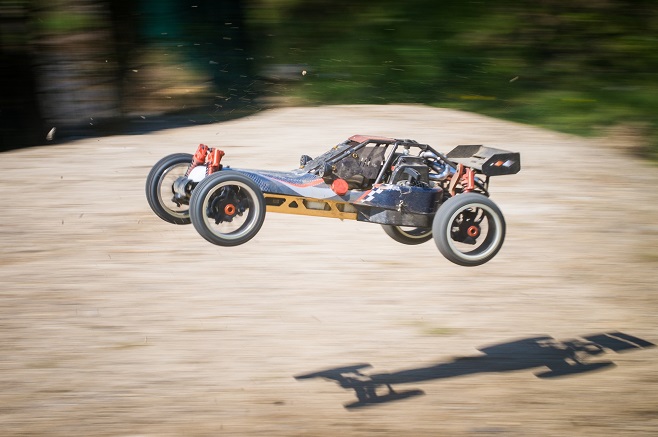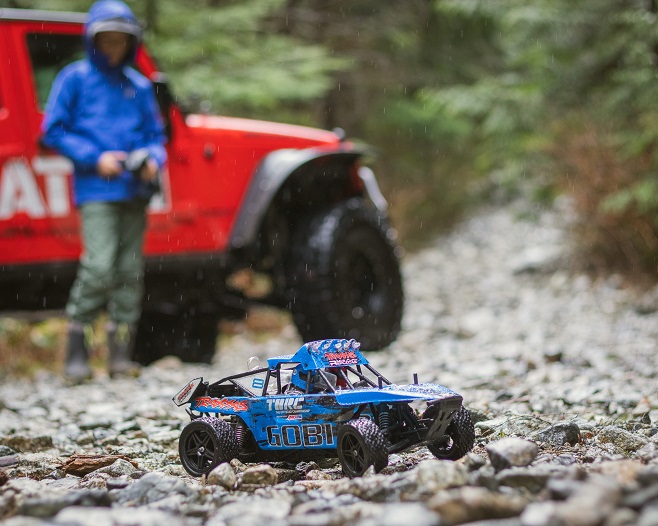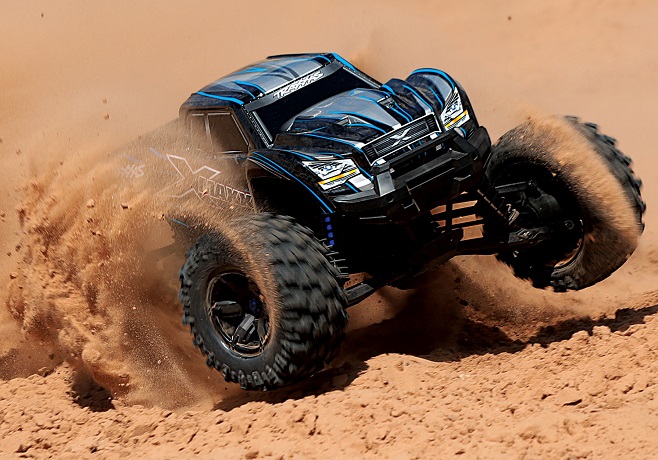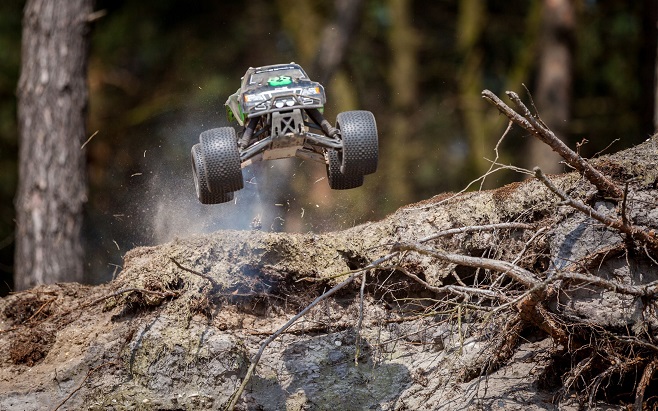Important Factors to Consider When Purchasing Your First RC Vehicle

If you’re looking to get into the world of remote-controlled vehicles but aren’t sure what type of RC vehicle to look for when browsing the RC car shop, you’re at the right place. I’ll discuss the types and models of RC vehicles available today and how they differ from one another so that you can make a smart first-time purchase that will help you stick with the hobby for many years down the line. You’d be surprised at how large the RC community is, and how many different ways there are that you can get involved. From racing around your neighbourhood to playing in the park and conquering off-road trails, there’s something for everyone.
That being said, choosing the right RC vehicle for you can be a surprisingly big decision due to the great number of different options available in terms of speed, design, size and durability. Everyone has a different opinion on which brand is the best, so it’s best that you check reviews and recommendations. The first step is to decide on the ideal RC model. When visiting an RC car shop, you’ll notice that there are three popular models – cars, buggies and trucks.

- RC Cars – RC cars are fast and can be separated into a few different categories, such as on-road, rally and drift, so it’s important to think about where you’ll be using them most. They’re great for racing on flat, hard surfaces, but can’t handle off-road adventures.
- RC Trucks – If you want something that can race around deserts or climb mountains, you should consider RC trucks. There are two common types of RC trucks – monster and stadium. Monster trucks are for serious off-roading, as they’re powerful, durable and heavy-duty. Stadium trucks, on the other hand, are for racing in a stadium or indoors.
- RC Buggies – This type is a great all-round vehicle, perfect if you aren’t sure what you’ll enjoy most. They’re great on and off the road, thanks to their long shock absorbers which allow them to tackle dirt piles, uneven surfaces, and loose surfaces like gravel and grass.
Once you decide whether you want an RC car, truck or buggy, the next thing you’ll have to consider is how you want the vehicle you’ve chosen to be powered. RC vehicles can be either electric- or gas-powered.

- Electric RC Vehicles – This is the best option for beginners simply because they’re affordable, easy to maintain and operate quietly. You also don’t have to break them in, and they come ready to use – all you have to do is put in the battery and flip the “on” switch. However, most electric-powered RC vehicles aren’t as powerful as gas-powered models, but that gap has been closing lately.
- Gas RC Vehicles – Gas, or nitro-fueled RC vehicles, are super-fast, powerful and noisy. They’re more expensive than their electric counterparts and require more maintenance. They’re heavier and need to be broken in, meaning you’ll have to drive them around at a slow pace for a few tanks of fuel, which can get boring quickly. However, it’s hard to beat the satisfaction from the noise and speed they have when you drive them.
Furthermore, you have to consider whether you want your RC vehicle to have a two-wheel or a four-wheel drive. Two-wheel drive vehicles are more affordable than four-wheel-drive RCs as they contain fewer parts, are easier to build and maintain. They’re more difficult to operate than four-wheel-drive vehicles, but once you’ve mastered them, you’ll get a sense of accomplishment. Four-wheel drive RCs are more stable and provide better road grip. They’re more aggressive and powerful as they require less control and precision.

Lastly, you have to consider whether you want a ready-to-run model or you prefer to build one yourself from the ground up. Ready-to-run models are the preferred choice for beginners, as they require little work (you’ll only have to put in the battery). These models are also ideal for teaching you the basics and mechanics through maintenance and repairs. Some models might need to be painted, and those will usually be labelled as ARR (Almost Ready to Run).
Build-it-yourself models are the preferred option for more experienced hobbyists or DIY-ers who want to put their skills to the test. These kits have most of the equipment included, although they’ll usually require a few separate parts as well, such as servo, radio system, motor, electronic speed control and battery. Even though building your own RC vehicle isn’t the easiest of jobs, it’s incredibly rewarding, as you’ll learn the ins and outs of your RC ride, so you’ll be perfectly capable of maintaining, upgrading and fixing it. Additionally, this gives you more room for customisation in terms of performance and looks, allowing you to build a unique RC vehicle that looks and performs just the way you want it to.



